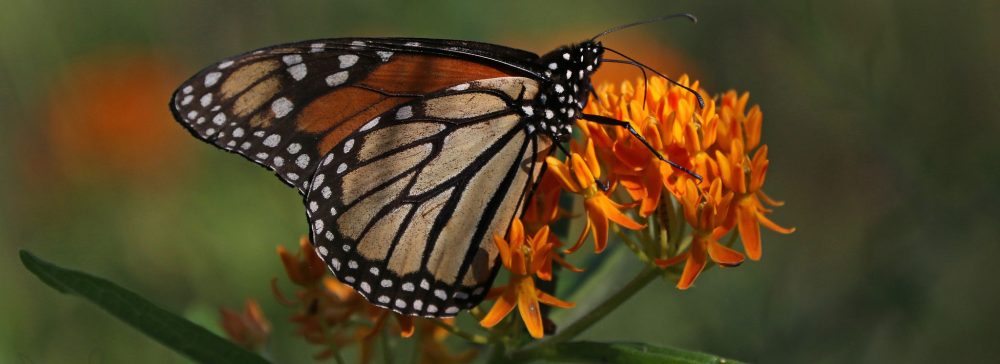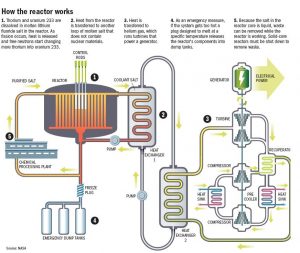In the New York Times this week, there was an article about NATIONAL dam removal and its impacts on ecosystem health. Across the country, there’s a massive movement to raze dams. It names the Penobscot River, ME, Elwha River, WA, and Klamath in CA/OR. There is a ton of information regarding fish species throughout the article but I think this is a just another great way to justify the dam removal project on a smaller scale creek and how much it can benefit the whole system (Delaware, Lehigh River).
With the 3rd street dam removal on the near horizon our project plans should be thorough and provide insight to all aspects of the college’s needs and community’s needs for that space. Hopefully other projects like our Bushkill Revitalisation Plan are being drawn up across the country because there is so much to gain from a healthy ecosystem.

